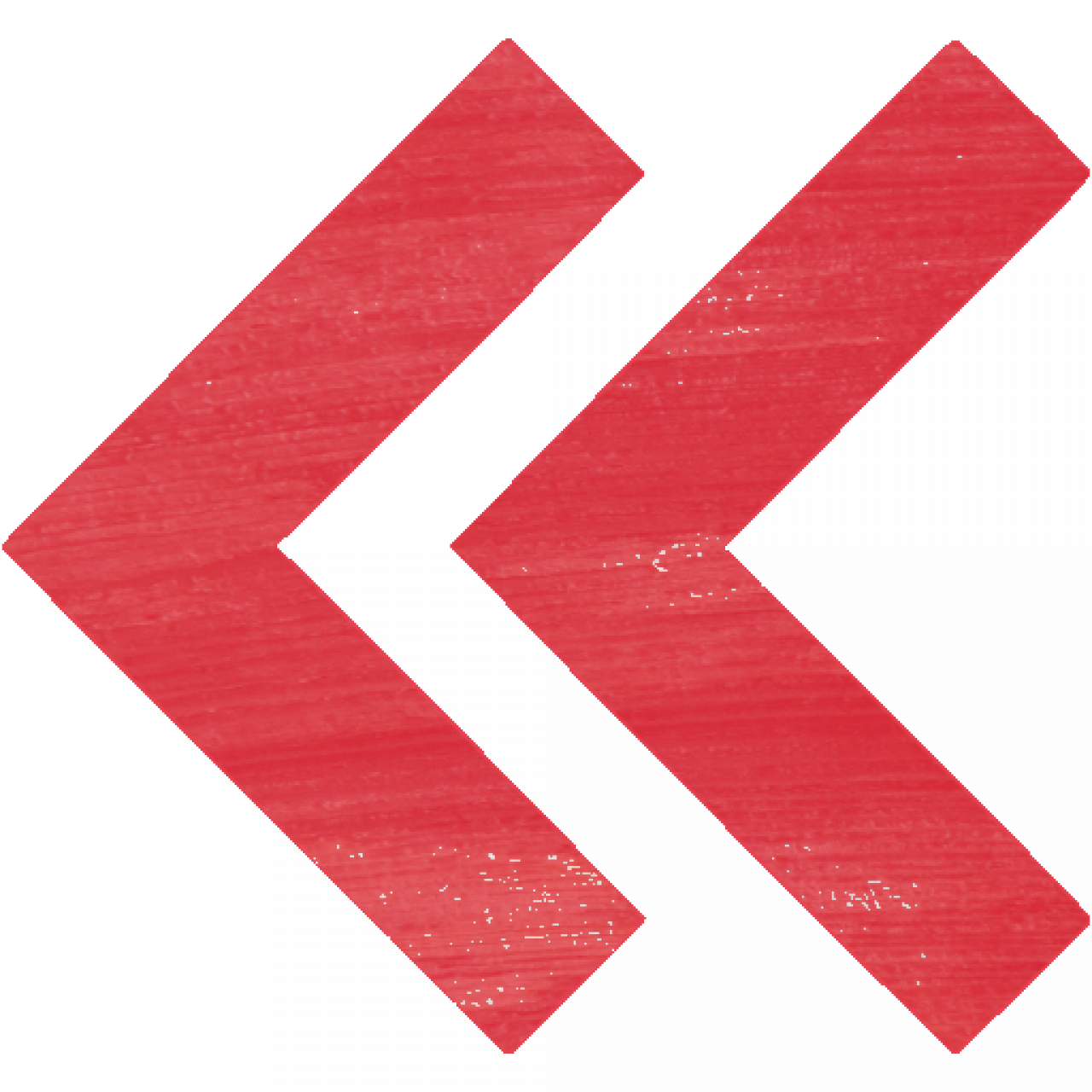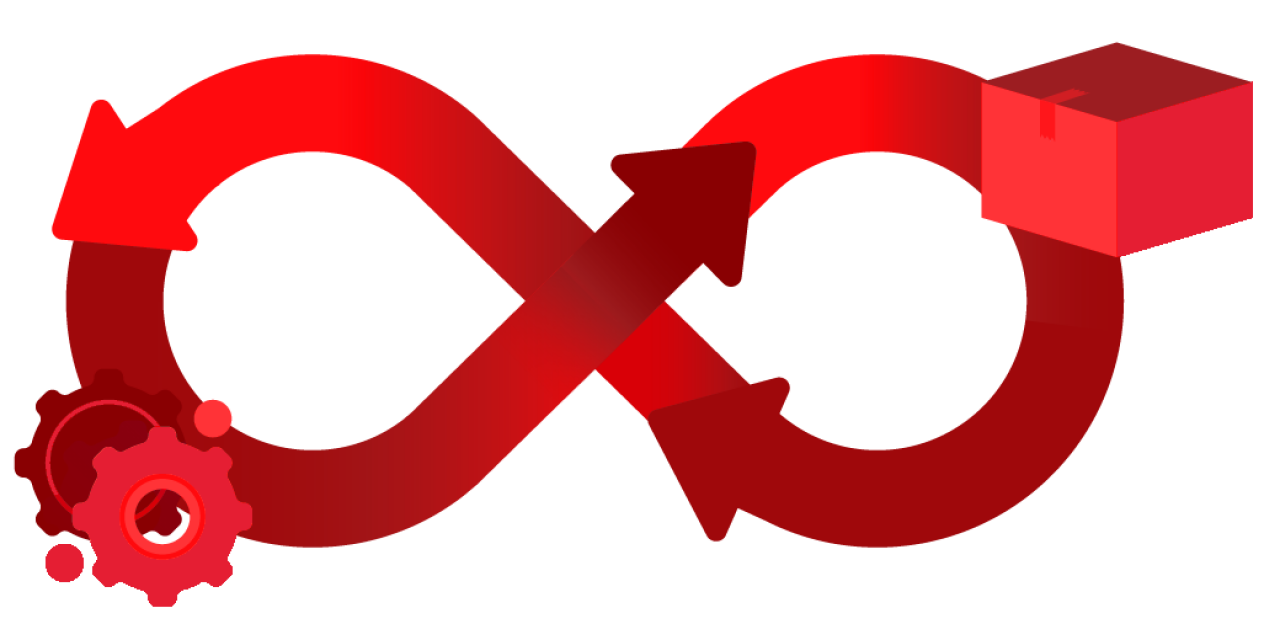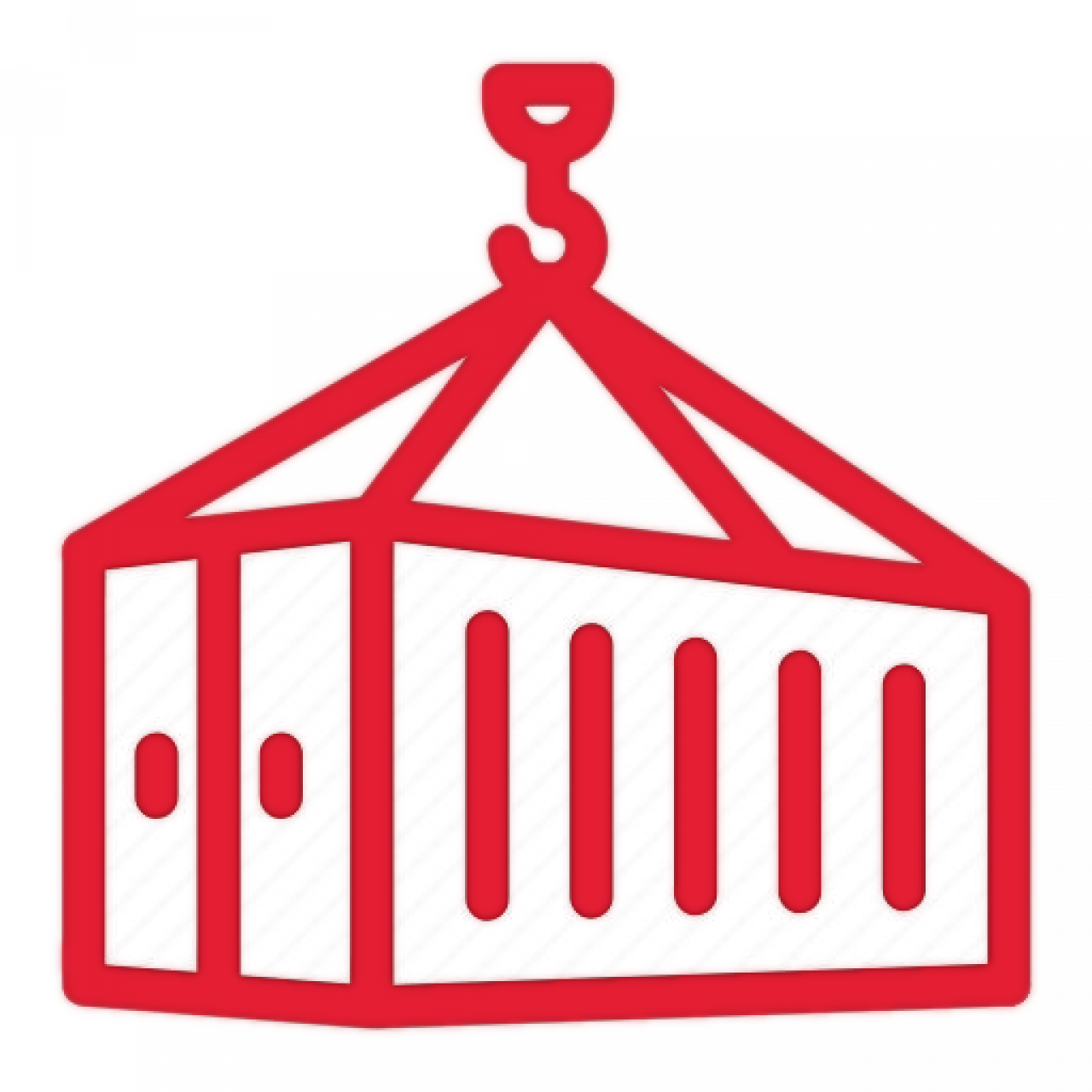Test automation, like the technology and products it targets, is in a state of constant change.
MarketsAndMarkets reports that the global test automation market size is expected to grow from USD 24.7 billion in 2022 to USD 52.7 billion by 2027, at a CAGR of 16.4%. To accompany the pace of the ever-changing testing landscape, you should be familiar with the latest test automation trends.
Key Trends
Several current trends are shaping the landscape of test automation:

Cloud Migration
This trend is really two parallel phenomena - migration of applications to the cloud and migration of testing tools from premises to cloud-native implementation. To some extent, the first trend is driving the second: cloud-hosted apps benefit from similarly hosted tools for testing. But in the realm of test automation tooling, testing physical devices and locally-hosted software also benefits from cloud-based tools:
provides opportunities and means for collaboration, via shared tools, test plans and test sets, configurations and artifacts, results and analyses
affords shared access to hardware in short supply (prototypes and evaluation boards) via "runners" and other remote execution agents
more easily supports diverse, distributed engineering and testing teams - devs and testers can reside in the same lab, across the hall, on disparate campuses or on different continents
offers more repeatable and reliable testing through test orchestration and automation version control
For both cloud applications and cloud-hosted test automation tooling, a key focus area for test/QA lies in the need for rich cross-browser testing, including thousands of combinations of web and mobile apps and interfaces, devices and OS combination.
Read more about collaboration in this OpenTAP blog.

Shift-Left Testing
To meet growing cybersecurity threats and conform with government- and industry-mandate security requirements, there's a growing emphasis on shifting testing activities earlier in the software development lifecycle. This "leftward" shift includes integrating testing into the development process from the outset, with a goal of identifying and remediating issues earlier, reducing the cost and time associated with fixing defects vs. legacy practices occuring later in the development cycle.
Read more in this OpenTAP blog

Shift-Right Testing
In addition to shifting testing activities left, there's also a trend towards shifting/augmenting testing "rightward" (later in the SDLC), by focusing on monitoring and testing software and hardware in production environments. Techniques such as chaos engineering and canary testing are used to identify and address issues preemptively in production systems.
Artificial Intelligence and Machine Learning

Artificial Intelligence (AI) has the potential to improve software testing and test automation by augmenting human capabilities, enhancing efficiency, and enabling more comprehensive testing. Machine Learning (ML) is key for observing working test systems and finding ways to optimize their operation.
AI and ML increasingly find integration into test automation to enhance test case generation, execution, and analysis. These technologies can help improve test coverage, identify patterns in testing data, and optimize test execution.
Read more in this OpenTAP blog.
Continuous Testing

Continuous testing practices are gaining prevalence, with automated tests executed continuously across the development process. Continuous integration (CI) and continuous delivery (CD) pipelines automate the process of running tests and providing feedback to developers, enabling faster and more reliable software delivery.
Disciplines line DevQaOps and TestDevOps strive to integrate testing into all phases of the product lifecycle, truly needed to support CI/CD pipelines, but require a rethinking and retooling of testing, and can only succeed with intelligent automation.
Containerization and Microservices

With the widespread adoption of containerization and microservices architectures, there's a growing need for automated testing solutions that can effectively test these distributed and dynamically scaling systems. Test automation frameworks and tools are evolving to support the unique challenges posed by containerized and microservices-based applications.
While containerization and microservices architectures most frequently apply to enterprise applications, containerization increasing finds utility in device manufacturing, delivery and software maintenance. The code bases in modern devices often equal or outstrip desktop and server applications in size and complexity, with multi-tier dependency chains comprising thousands of items. Only through containerization can device OEMs and their channel partners provide assurances of quality, functionality and security.

Low-Code/No-Code Test Automation
Low code and no code are approaches to software development that aim to simplify and expedite the process of building applications, typically by reducing the amount of manual coding required, or even eliminating coding altogether..
There's a rising demand for test automation solutions that require minimal coding skills, allowing testers and domain experts to create and maintain automated tests without extensive programming knowledge. Low-code/no-code test automation platforms offer visual interfaces and drag-and-drop functionality for creating test scripts and workflows.

API and Service Testing
As applications become more interconnected and reliant on web APIs and microservices, API and service testing gain importance. Test automation frameworks and tools are evolving to provide robust support for API testing, including capabilities for functional testing, performance testing, and especially security testing of APIs.

Open Source
Shorter development cycles and growing complexity present testing challenges to organizations working in all technology domains. Today’s fastest moving industries – telecommunications, finance, and automotive – speed development by leveraging modular architectures and open source software developed and maintained by broad collaborative communities and ecosystems.
Test automation, like the technology segments it serves, is embracing open source software and community-based development methods. In the enterprise, open source dominates test automation frameworks, with projects like Robot, Selenium, and many others. Many of these frameworks can be applied to industrial test automation, but only OpenTAP is 100% focused on integrating high-performance bench-top instrumentation and industrial-grade testing practices.
Conclusion
Test Automation technology reflects both the requirements and the trends of the industries served. The trends covered in this blog are all prime examples of this linkage between industry segments and the tools for testing them.
